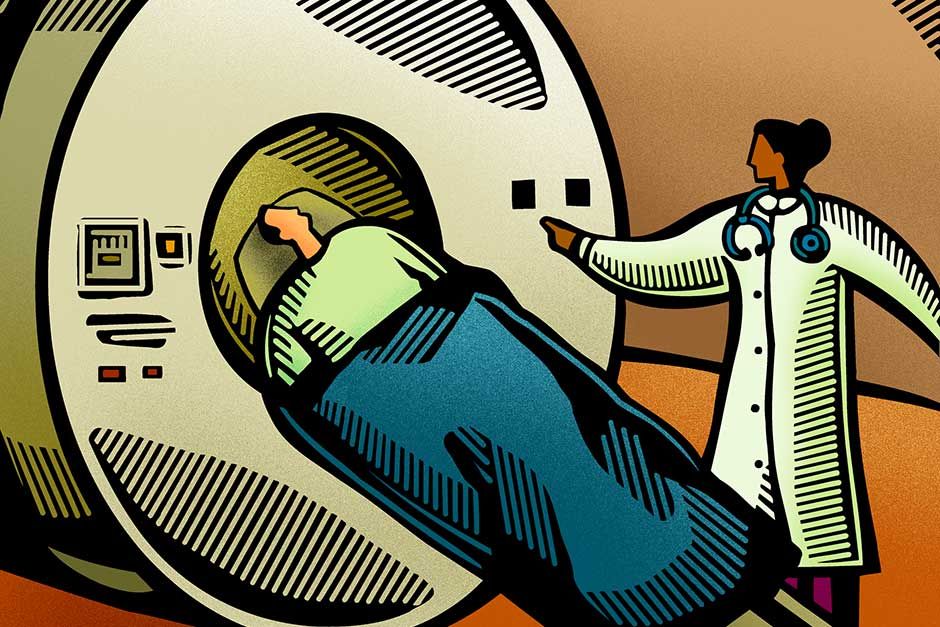
The phrase “low-value care” is frequently tossed around in discussions of healthcare spending, and there are whole initiatives dedicated to reducing the use of low-value services in clinical settings. However, a comprehensive understanding of low-value care and its impact on health outcomes is essential to identifying and ultimately reducing its occurrence in healthcare.
What is Low-Value Care?
Low-value care is defined as services that are medically unnecessary and provide no health benefits to patients. In some cases, low-value care can even be harmful to the patient and/or lead to further unnecessary testing or treatment. Examples of low-value care include:- Running lab tests for low-risk patients before a low-risk procedure.
- Ordering head CT scans for simple dizziness or an EEG for a headache.
- Using costly branded drugs instead of identical generics.
- Performing surgery when physical therapy would be equally effective.
- Inappropriately prescribing antibiotics.
3 Strategies for Reducing Low-Value Services
Given the high cost and potential harm of low-value care, many healthcare organizations are attempting to reduce their use of unnecessary services and overtreatment using the following strategies.- Awareness Campaigns for Both Providers and Patients As mentioned above, there are a number of initiatives dedicated to reducing the use of low-value services in clinical settings, including Choosing Wisely by the American Board of Internal Medicine Foundation. This popular initiative aims to encourage patient-provider communication about unnecessary medical procedures, and the organization provides a wide range of educational resources for both parties that can help reduce the prevalence of low-value services.Using these resources, healthcare organizations can promote awareness of low-value care among both providers and patients. Leadership may want to talk to staff about the Choosing Wisely “Top 12”—recommendations that drive the largest decrease in unnecessary tests and procedures. It can be beneficial to give patients access to educational resources about low-value services and important questions to ask their physicians.
- Provide Clinical Decision Support Tools Physicians will not always have the opportunity to consult resources when making choices about patient care, which is why clinical decision support tools are extremely valuable. These tools provide physicians with timely information and care recommendations, typically at the point of care, allowing them to make more informed decisions and avoid unnecessary, low-value services.
- Involve Patients in Decision-Making One of the major challenges to reducing low-value care is overcoming patient expectations. According to Altarum’s Healthcare Value Hub, many patients have a problem accepting no treatment as the best course of action, leading physicians to use low-value services to satisfy them.To overcome this obstacle, healthcare organizations should not only educate patients about low-value care but also involve them in clinical decision-making when practical. When doctors and patients work together to make treatment decisions, select tests, and create care plans, it serves to improve communication between the two parties and can actually reduce the use of low-value services. According the Healthcare Value Hub, as many as 20 percent of patients who participate in shared decision-making opt for less invasive surgical options and more conservative treatment plans than patients who are not involved in the process.


